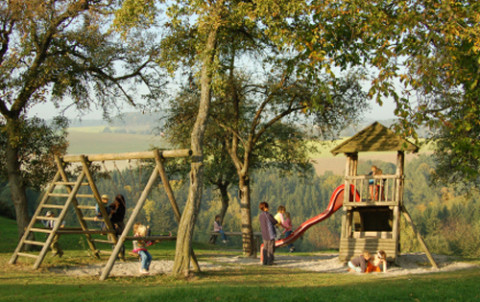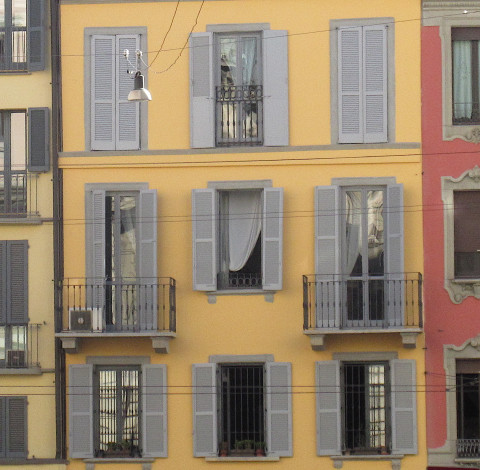Post-Surgery Circadian Lighting (07-18-24)
Campbell and Figueiro’s work confirms the value of circadian lighting in healthcare settings. The research duo report that “Postoperative cognitive dysfunction (POCD) is a neurological disorder characterized by the emergence of cognitive impairment after surgery. A growing body of literature suggests that the onset of POCD is closely tied to circadian rhythm disruption (CRD). . . . to address the pathogenesis of POCD it is first necessary to correct the dysregulated circadian rhythms that often occur in surgical patients. . . .


